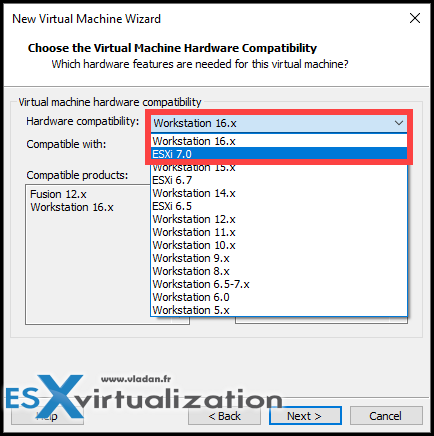

- #Vmware fusion 8 features for mac#
- #Vmware fusion 8 features install#
- #Vmware fusion 8 features upgrade#
- #Vmware fusion 8 features pro#
- #Vmware fusion 8 features software#

That’s why Parallels always comes up better against any other virtualization solutions for Windows support on the Mac. But there’s always an emphasis on Windows. Sure it does a little Linux (Ubuntu) and obviously OS X too. Parallels Desktop 8 for Mac on the other hand has always been primarily focused on supporting the Windows platform. And support for eComStation?! Wow! I bet most of us here don’t even know what that is! VMware has traditionally always had better support and compatibility with a whole slew of guest OS support.Īs you can see, the list of supported Linux distributions is pretty comprehensive. This is probably where VMware Fusion 5 has a clear advantage over Parallels Desktop 8 for Mac. But having said that, VMware Fusion 5 is actually pretty fast too! So in terms of performance, Parallels Desktop 8 for Mac takes the crown again. On boot time, VMware Fusion 5 trails pretty close to Parallels Desktop 8, but on suspending and resuming, Parallels Desktop 8 is almost instantaneous! I feel Parallels Desktop 8 for Mac is faster than VMware Fusion 5, even with both running off SSDs. On the subject of boot-up, suspending and resuming time virtual machines. I can run apps with minimal slowdown on both Parallels Desktop 8 for Mac and VMware Fusion 5. But from the usability point of view, 10 PCMark score advantage don’t mean squat in real world use. I’m aware that this is a pretty subjective statement.
#Vmware fusion 8 features pro#
Now, putting synthetic benchmarks aside, both Parallels Desktop 8 for Mac and VMware Fusion 5 actually ran Windows 8 pretty well on an old MacBook Pro like mine.

Pretty impressive considering that this is running on an aged NVidia 320M chipset! This is a definite improvement over Parallels Desktop 7 and VMware Fusion 4. Both ran it extremely well without any slowdown. And to have a go with a 3D-based game, I tried installing playing a game called ARMED! which was available on the Windows 8 Store. I suspect VMware Fusion still has a huge room for improvement in terms of its support for Windows 8 and can further optimise its drivers. I expected Parallels Desktop 8 for Mac to be faster but I also expected VMware Fusion 5 to be trailing not that far behind. To be honest, I was surprised at the score. My result? Parallels Desktop 8 for Mac scored 1973 PCMark Score and VMware Fusion 5 scored only 1571 PCMark Score. Both SSDs are running (limited) at the same SATA 2 speeds so the different locations would not affect the scores. The Parallels Desktop 8’s VMs are located on the Intel SSD and the VMware Fusion 5’s VMs are located on the Samsung SSD. The only difference is that I’ve swapped out the HDD and Superdrive with an Intel 320 series 300GB SSD and a Samsung 830 series 256GB SSD. Let’s take a look and see if VMware Fusion 5 or Parallels Desktop 8 for Mac would fare better here, even before we look at the capabilities of the two.
#Vmware fusion 8 features software#
If you are going to use the software a lot, it should very well be pleasant to look at too. It really is pretty seamless on both parts.
#Vmware fusion 8 features install#
Installing both VMware Fusion 5 and Parallels Desktop 8 for Mac is a breeze, even if you already had an existing version on your Mac, the installer will just remove the previous copy and install the new copy over with all the existing configured virtual machines intact. I’ll also be primarily comparing the two using a Windows 8 Release Preview virtual machine. This article won’t however attempt to be a comprehensive product review, but instead focused on some of the main features and functionalities that impressed me the most, while comparing both offerings the best I can.
#Vmware fusion 8 features upgrade#
And if you are existing users or either VMware Fusion 4 or Parallels Desktop 7 for Mac, I would also aim to help you decide if you should just upgrade to the latest version or perhaps make the switch over from either one. What I’ll try to cover in this article is to explore both Parallels Desktop 8 for Mac as well as VMware Fusion 5 and hopefully provide you with the insight to decide between the two virtualization options for the Mac. This time, both focused a lot in supporting both OS X Mountain Lion and the upcoming Windows 8.
#Vmware fusion 8 features for mac#
With the recent release of both Parallels Desktop 8 for Mac and VMware Fusion 5, it’s time again for a refresh to my previous article comparing the previous versions, Parallels Desktop 7 for Mac and VMware Fusion 4.


 0 kommentar(er)
0 kommentar(er)
